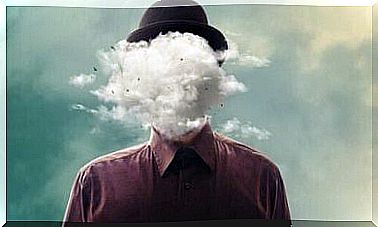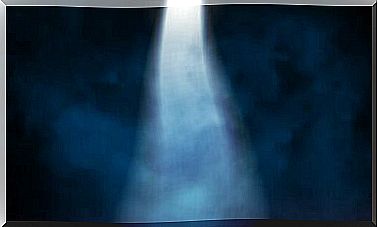Exposure Exercises To Deal With Panic Disorder

Panic disorder is one of the disorders that limits people’s lives the most. This is because their daily routines end up being overwhelmed by huge worries about when the next seizure will occur. Therefore, they tend to limit their daily activities.
Medicine can help. However, psychotherapy and exposure exercises are what can really make a difference when it comes to dealing with panic disorder.
People experience a panic attack as an intense, sudden fear accompanied by several physical and cognitive manifestations. The intense discomfort experienced during the first seizure makes people afraid to get scared. Therefore, they begin to be vigilant and alert for fear of a new crisis.
What they fear is the occurrence of any unpleasant sensation. Paradoxically, however, fear itself can cause people to magnify and exaggerate any normal bodily sensation. The excessive attention, along with a series of maladaptive thoughts, leads to a new panic attack.

Interoceptive exposure
People end up considering certain harmless physical manifestations to be both dangerous and alarming. They see palpitations as a sign of a heart attack and interpret shortness of breath as imminent suffocation.
In addition , they consider dizziness to be a prelude to fainting. During a panic attack, people feel that they are going crazy, that they are losing control or even dying.
To avoid such unpleasant situations, they begin to follow a series of evasive strategies. They do not try to do activities or go to places they associate with a panic attack.
Furthermore, they conduct security behaviors, such as always carrying a bottle of water with them or sitting near exits by any form of public transportation or in a public place.
All this avoidance perpetuates the interpretation of danger and deprives people to confirm the innocence of their senses. Therefore, exposure is the primary element of the treatment of these bodily sensations.
It is about provoking these physical manifestations through various exercises. That way, people get used to them and stop being afraid of them.
Exposure exercises against panic disorder
Some of the most common preventive measures against panic attacks are:
- Hyperventilation often causes dizziness, numbness, and a feeling of derealization. For this, people should breathe in and out 30 times per minute.
- One can breathe through a straw for two minutes so that it leads to nausea and shortness of breath, as well as a fast heartbeat and palpitations.
- One can shake the head quickly from side to side for 30 seconds to cause dizziness and blurred vision. One can also achieve this by rolling back and forth or lifting heavy objects.
- One can make sudden changes in his posture, such as suddenly standing up. It will cause low blood pressure and will act as a barrier against overactivation.
- Compulsive breathing is a good exercise to mimic the feeling of tightness and chest pain. To do this, take a deep breath and keep the chest muscles tense. Next, take a deep breath again after releasing as little air as possible. This sequence must be repeated several times.
- It may be enough to wear a high collar or a tight tie to create the feeling of suffocation and tightness around the neck. In addition, it may be helpful to press down on the back of the tongue with an object, such as a toothbrush.
- If you are in a very hot environment with warm clothes on, it may be enough to cause an overwhelming feeling reminiscent of a panic attack.

Other helpful panic attacks
In addition to getting used to bodily sensations, imagination exposure exercises can also be positive. In other words, it is exercises in which people visualize experiencing bodily sensations of panic and confront them without fleeing or avoiding them.
Likewise, one should gradually go to the places or situations that one has avoided that trigger panic disorder. Of course, exposure can be uncomfortable. However, it has been proven to be the most effective intervention with long-term results. In fact, they are better than those obtained with medication.









